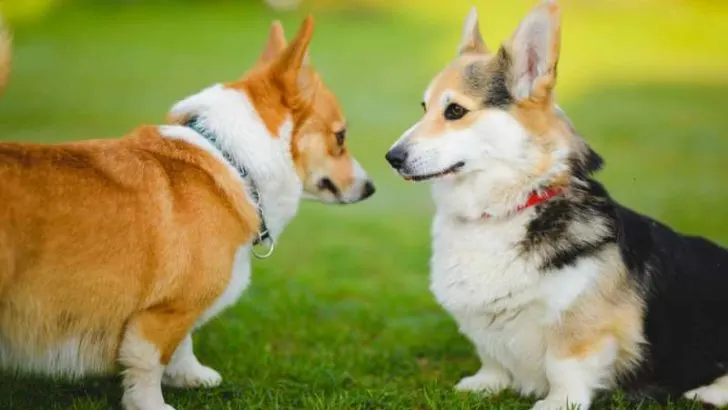Have you ever considered getting another dog? Maybe even someone who looks like your corgi or behaves in a similar way? Fortunately for you, if this is your intention, you have a wide selection of dogs that are similar to corgis. Some of them are connected by appearance, some by behavior, and some by both.
In any case, before you start thinking more seriously about this topic, you should be well acquainted with each potential dog breed. If you want to know who these dog breeds are that face on your corgi, keep reading!
Dog Breeds That Look And Act Like Corgis
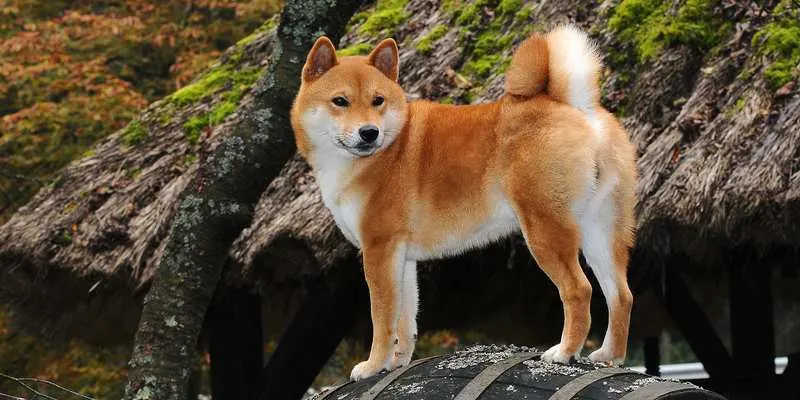
1. Shiba Inu
From the very appearance of this dog, we can conclude that it looks very much like your corgi. Often their coat is the same color, but what separates them is the height. Also, your corgi is known for its small build, while Shiba Inu can grow quite a lot.
If you are familiar with corgi history, you will like the fact that this dog breed also has a rich background. Namely, the Shiba Inu breed was in the past bred to hunt bears and other animals in the mountains. Shiba Inu dogs were soon declared the Japanese National Dog, as you could already tell by their name. However, to the broader public (meaning the USA), this breed arrived only in 1954.
Shiba Inu dogs have a cat-like character. As for the owner and the family they are staying with, they are friendly, but when it is time to go into the public, they become somewhat reserved. Nevertheless, these are very loyal pets, but you need to get used to the environment around them. This is also one feature that is similar to corgis.
As for exercise, their needs are almost identical to corgis. The Shiba Inu dog needs daily exercise of at least an hour. This usually involves walking. When you take them outside, it is desirable that they be on a leash because there is a possibility that at some point, they will just run towards a small animal or another dog.
Since their coat is almost the same as that of corgis, these animals require regular grooming appointments. It is not unexpected that Shiba Inu shed a lot, but you’re used to that?
Health problems should not be left out, and this dog breed shares a couple of them with corgis. Those are:
- Progressive retinal atrophy
- Hip dysplasia
- Dental problems
- Cataract
Key features of Shiba Inu:
| Height | 16 – 23 inches |
| Weight | 17 – 23 pounds |
| Life-expectancy | 15 years |
| AKC category | non-sporting |
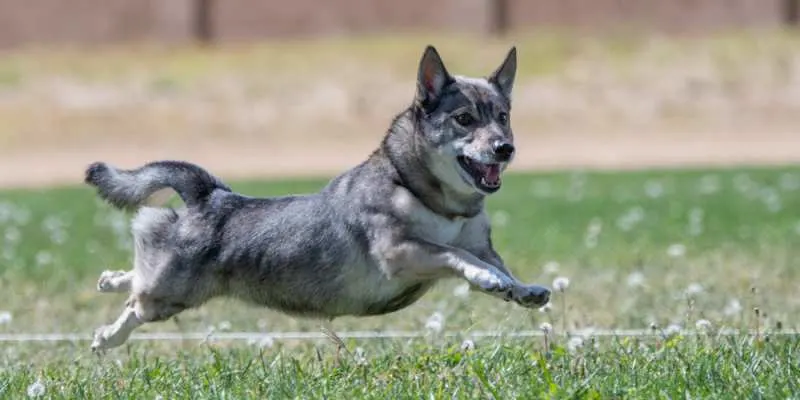
2. The Swedish Vallhund
Another dog breed that is highly similar to corgis is the Swedish Vallhund. These two species are almost identical in appearance and character.
This breed dates back to the Vikings, and some historians claim that this breed is older than both types of Corgis. Around 1942, this breed almost became extinct. However, breeders managed to prevent it, and in 1983 it was imported into the USA.
Let’s look at the pros and cons table regarding the characteristics of this breed, and see which of these matches the corgis.
| PROS | CONS |
|---|---|
| Very curious and adventurous | Gets bored very easily |
| Even-tempered | Sheds a lot during the year |
| Highly intelligent | Barks a lot |
| Loyal and protective of the owner | Not hypo allergenic |
| Lives well with other pets | A little bit bossy |
| Can be great with kids | Can be hard to train |
The Swedish Vallhund key features:
| Height | 11-14 inches |
| Weight | 20-35 pounds |
| AKC category | non-sporting |
| Life-expectancy | 12-16 years |
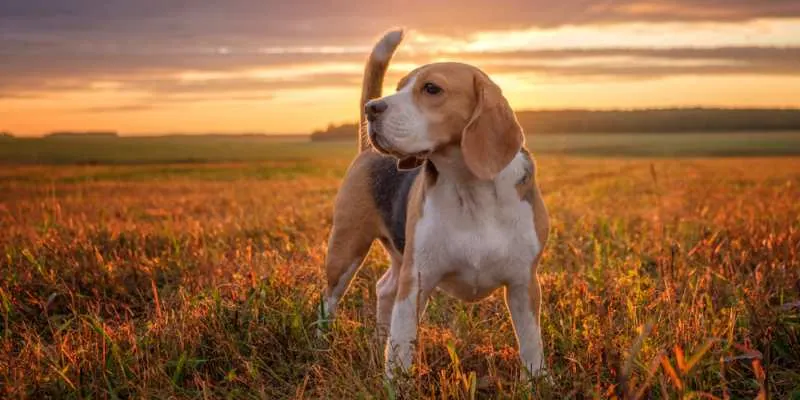
3. Beagles
Beagles may not look like corgi dogs, but what definitely unites them is their friendly nature and love for their owners.
As for the history of these dogs, this is perhaps one of the oldest dogs and dates back to the 5th century BCE of Greece. So this dog has come a long way. Like many other species, it traveled the world during the Middle Ages and came to England in the 11th century.
Beagles weren’t always like this. The Miniature Beagles, which was the original breed, became extinct in 1901. However, the race we know today has managed to survive and become popular in America.
That popularity led her to be named “America’s 10 Most Popular Dog Breeds.”
We can make a connection between Beagles and Corgis when it comes to house behavior. Beagles are not ideal house dogs, and the primary reason for this is their desire to play and exercise.
As corgis, they are very lively and would spend any free moment outside in the park. If you leave them in the house for too long, like corgis, they can become destructive and anxious. But don’t worry too much about it. With good training, anything is possible.
You’ve probably heard some owners claim that Beagles are “bad pets” when they grow up. This is not true and concerns mainly the owner. If you as the owner are persistent, caring and attentive to your dog’s needs – it can be the best pet.
Beagles are not destructive pets. They just need more work. Just like corgis, you have to start the training on time.
Here are some reasons that will make you want to get a Beagle:
- They are made for cuddles. These dogs are very affectionate and want to spend every moment with their owner. They were even recommended as therapy dogs.
- If dog size matters to you, Beagles carry an advantage because these dogs don’t grow in size too much. So, if you live in an apartment or a small house, this breed will not be a problem as far as needs are concerned.
- Beagles are wonderful with children. Many families choose this breed because it is safe in the environment of children. It is seldom destructive and will accept your children’s company very gladly.
- Beagle dogs generally get along well with other dogs. Unlike corgi that may have a slightly larger “ego,” the Beagles easily accept other pets around them. It is possible to make friends with corgis as well.
- If you want a dog with low maintenance, then this is the right breed for you. Beagles shed much less and are not as prone to diseases as the corgi breed, for example.
Key features of Beagles:
| Weight | 18-30 pounds |
| Height | 13-15 inches |
| AKC category | houng dog |
| Life-expectancy | 13-15 years |
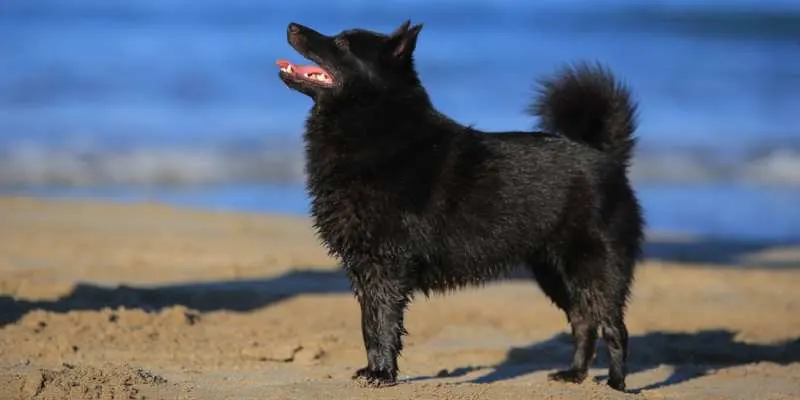
4. Shipperke
This dog was highly esteemed throughout Europe for its attractive black appearance and personality traits. Over time, this dog is known to be almost fearless, which often gets it into trouble. Corgis are also a breed that can be naughty, but Schipperke still has a slight advantage.
To help illustrate the basic characteristics of this dog, here’s a couple of tables that can help.
| Adaptability |
|---|
| Sensitive |
| Good for apartments |
| Low tolerance for heat |
| Doesn’t like being alone |
| Friendliness |
|---|
| Wonderul with kids |
| Get along well with dogs |
| Affectionate |
| Health and Grooming |
|---|
| Generally healthy |
| Don’t shed a lot |
| Gain weight esily |
| Don’t drool |
| Trainability and Exercise |
|---|
| Intelligent |
| A tendency to bark |
| Need much exercise |
| Wanderlust potential |
This dog has been very well known in the past and was a frequent topic, so here are a few facts you may not have known about this breed before.
This dog can be found with or without a tail. This is one strange but still exciting fact related to this breed.
During the 1800s, this dog became royalty. They were even the subject of sales by con artists at the time who were trying to sell other breeds that at least a little resembled this one.
The first mention of this breed can be linked to the 1400 and guild workers in Brussels. Schipperke means “little captain” in Flemish.
Key features of Schipperke:
| Height | 11-15 inches |
| Weight | 11-18 pounds |
| AKC category | companion dogs |
| Life-expectancy | 13-15 years |
See Also: [Pictures] 15 Corgi Mixed Breeds

